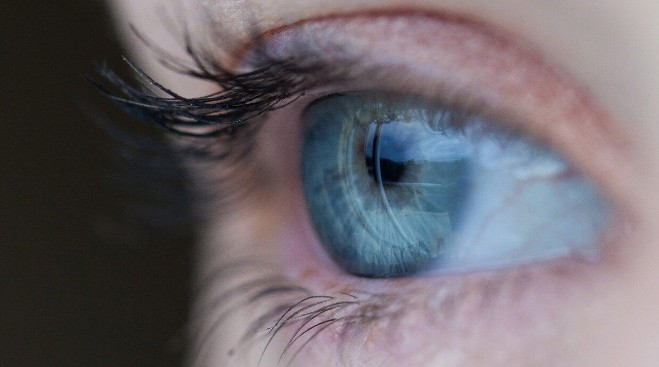Improving eye health is critical to reaching the United Nations’ Sustainable Development Goals.
According to a new study published in The Lancet Planetary Health, improving global access to high-quality eye health services is a key enabler for achieving the United Nations Sustainable Development Goals (SDGs), which include those related to overall health, poverty, economic productivity, education, and equality.
Improved eye health services are related to getting closer to reaching the aims of at least seven SDGs, according to research done by the International Centre for Eye Health (ICEH) at the London School of Hygiene & Tropical Medicine (LSHTM).
Untreated visual impairment affected 1.1 billion persons in 2020, and this number is anticipated to rise to 1.8 billion by 2050. Despite recent breakthroughs against certain viral diseases, millions of people continue to live with unnecessarily damaged vision and blindness. 90% of people with these illnesses live in low- or middle-income nations, and women, rural communities, and ethnic minorities are disproportionately affected.
The analysis looked at 226 papers that reported on the association between an eye health service and outcomes or pathways related to the SDGs as part of the Lancet Global Health Commission on Global Eye Health. Cataract surgery, free cataract screening, spectacles, trichiasis surgery, rehabilitation treatments, and rural community eye health volunteers were among the services provided.
“Eye health is often disregarded, yet it is a key aspect for enhancing global health and quality of life,” stated Professor Matthew Burton, Director of the ICEH at LSHTM. Our research, which is one of only two that looks at the links between gains in a single area of health and the SDGs, shows that eye health is a key enabler for sustainable development, both directly and indirectly.
“At the moment, eye health is not included in any of the SDG monitoring targets or indicators. This research adds to a growing body of data that eye health strategies should be implemented in schools, workplaces, and social services. Interventions like increased access to glasses and cataract surgery must be prioritized and given the financial support that a problem of this magnitude requires.”
The authors discovered a number of direct links between eye health services and one or more of the Sustainable Development Goals, including:
SDG 1: Improved eye health decreases poverty and boosts productivity (SDG 8)
Access to eye health interventions has been linked to increases in productivity, household expenditure, and household income in several studies. People who had cataract surgery in the Philippines, for example, saw their household per capita expenditure increase by 88 percent in a year.
Eye health improves overall health and well-being (SDG 3)
Vision impairment has been linked to an increased risk of death, falls, dementia, mental health issues, cardiovascular disease, respiratory disease, and cancer, according to reviews conducted for the Commission.
Improved eye health helps students achieve better results in school (SDG 4)
Good vision has been linked to better educational outcomes. Providing spectacles can help students improve their academic test scores; one research in China found that providing spectacles reduced the likelihood of failing a class by 44 percent.
The advancement of equality is aided by improved eye health (SDGs 5 & 10)
Gender disparities in attendance and treatment can be reduced by interventions such as training rural community eye health volunteers and giving cataract surgery. Similarly, cataract surgery has been demonstrated to enhance income equality.
Road traffic accidents are reduced when eye health is improved (SDG 11)
Cataract has been shown to raise the chances of being in a collision by 2.5 times. Cataract surgery has been found in studies to lessen driving-related issues and crashes.
Overall, 27 research found that eye health services helped to advance one or more SDG goals, with indirect effects suggested for all other goals. The interventions with the most research having positive benefits on an SDG were cataract surgery and spectacles.
The human consequences of failing to include eye health as an SDG target could be enormous, affecting not only people but entire communities and countries. Vision is a fundamental sense that allows people to live, work, and contribute fully to their communities. It is critical that a good vision is given the attention it deserves.
“No one should have to live with avoidable blindness or addressable visual impairment in the twenty-first century when we have proven low-cost solutions to address these conditions,” said His Excellency, Dr. Aubrey Webson, Permanent Representative to the United Nations for Antigua and Barbuda and chair of the UN Friends of Vision group. The Sustainable Development Goals (SDGs) represent the world’s highest aspirations, and it’s past time for eye health to be included.”
The authors acknowledge the study’s limitations, which include the exclusion of non-peer-reviewed literature such as government reports and policy papers, as well as studies with no mention of an SDG outcome in the abstract.





